Youth in Agriculture and Skills Development (YASD-KILOSA) Project
Introduction
The Youth in Agriculture and Skills Development (YASD-KILOSA) project is a two-year project (2024 – 2026), aimed at empowering 700 out-of-school youths under 30 years from rural and peri-urban areas in Kilosa District, Tanzania. The project addresses the social and economic challenges faced by this group, particularly young mothers and individuals with disabilities, by empowering them through practical education and skills development in organic agriculture and related enterprises.
The region’s economy heavily relies on agriculture, with over 70% of the population engaged in this sector. However, environmental degradation, climate change, and limited opportunities have left many vulnerable groups, including the youth, struggling to achieve sustainable livelihoods. The YASD project aims to build the capacity of these young people, enabling them to engage in profitable agricultural practices and improve their economic prospects.

Project Objectives
The primary objective of the YASD-Kilosa project is to enhance agricultural skills of the youth, foster social cohesion, and improve the economic and environmental landscape in five villages across the Mabwerebwere and Kidete wards. The project also seeks to enhance the economic empowerment of young mothers by providing them with the necessary skills and resources to pursue self-employment opportunities.
Expected Outcomes
1. Youths enrolled and facilitated with basic life skills, technical agroecological crops and livestock production skills.
2. Developed and managed youth-led-enterprises for improved income generation through the use of direct facilitation and peer to peer facilitation approach.
3. Improved access for young mothers for self-employment by further facilitation and coaching on income generating activities.
4. Improved market linkage for sustainable employment creation through the private sector.

Project Activities
To achieve the expected results, activities such as the following will be implemented:
Skills training for youth:
- Participatory assessment and ranking of target groups’ needs and opportunities (baseline study)
- Training on basic life skills, gender in agriculture, and savings and lending on an average for 20 groups each with 35 members
- Facilitation on business development and management skills for 20 youth groups each with 35 members
- Conducting technical skills on agroecological crops and livestock production using 20 established Farmer Field Schools (FFS) 20 groups each with 25 members
Promotion of entrepreneurship:
- Facilitation and mentoring of youth to develop well established Youth-Led Enterprises (YLEs) (at least 20) in the subsector of horticulture, food processing, poultry and soap making
- Facilitating youth savings and lending mode las one of means for improving financial growth
- Intensive special training workshop on business plan development
- Conducting visits at least once for coaching and mentoring on fund access and security for different financial sources in Tanzania
- Coaching established YLEs leaders according to leadership gaps and business performance bottle-necks identified during follow-ups
Women empowerment:
- Performing coaching and phone follow-up to women engaged in agriculture to encourage, support and motivate the young women to engage in economic empowerment
- Selecting role models who adopted technologies trained and established individual enterprises and the take-off of the business venture
- Conducting special technical training involving alternative business opportunities like baobab value addition, batik making, candle making, honey processing etc., as well as skills on leadership and community facilitation
- Conducting household meetings especially with the household heads for young mothers' project participants in Kilosa
Strengthening market network of youth:
- Link youth groups to companies forpossible marketing of organic products
- Conducting simple survey to differentstakeholders who can buy the local soft, business and technical skills so thatto improve youth employability
- Demonstrate high quality cropcultivation to inspire youth to meet quality standards required by the market.

Target Groups
The project primarily targets youth out of the formal school system under the age of 30 in the Kilosa District. This includes both male and female participants (50% male and 50% female), with a focus on achieving gender equality in all project activities. The project will indirectly reach a minimum 1000 people who are family members of the direct beneficiaries.

Sustainability and Impact
The YASD project is designed to create long-term, sustainable impacts by equipping youth with the skills and resources needed to thrive in agriculture. The project’s focus on organic farming practices not only benefits the environment but also enhances the economic resilience of the participants. By fostering a culture of entrepreneurship and self-reliance, the project aims to reduce youth migration to urban areas and promote sustainable rural development.
The Youth in Agriculture and Skills Development (YASD-Kilosa) project is kindly supported by:

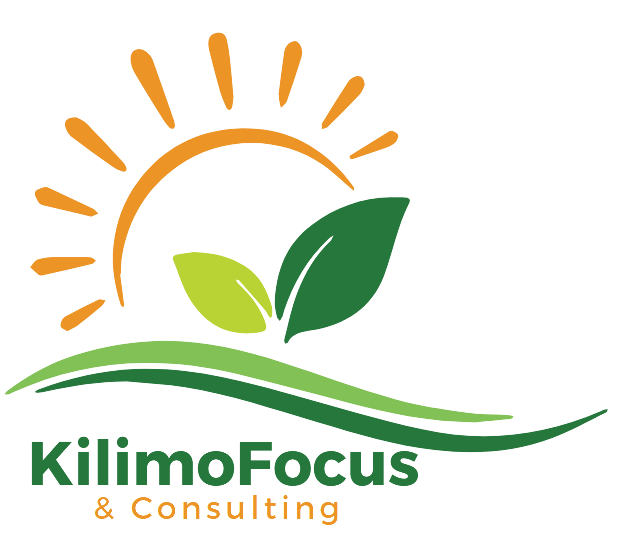
Business Name: KilimoFocus and Consulting
Founder / Owner Name: Rebeca Andrew
Location: Dar es Salaam
Products/Services: The enterprise sources, packs, brands, and supplies food products to supermarkets and retail stores and provides consultancy services for agricultural projects
Instagram: @kilimofocustz

Business Name: Healthy Dried Food Tanzania
Founder / Owner Name: Oliver Kavishe
Location: Bagamoyo, Pwani
Products/Services: Snacks and food items such as dried fruits and vegetable powders
Instagram: @dried_foodtz

Business Name: Mamahealth Enterprises
Founder / Owner Name: Aslatu Nguku
Location: Dodoma
Products/Services: Preserving fruits and vegetables into healthy snacks and flours
Instagram: @mamahealthtz

Business Name: LPHQ Enterprise
Founder / Owner Name: Angelina Sylvester Hillu
Location: Iringa
Products/Services: Tomato wine
Instagram: @elitewinetanzania
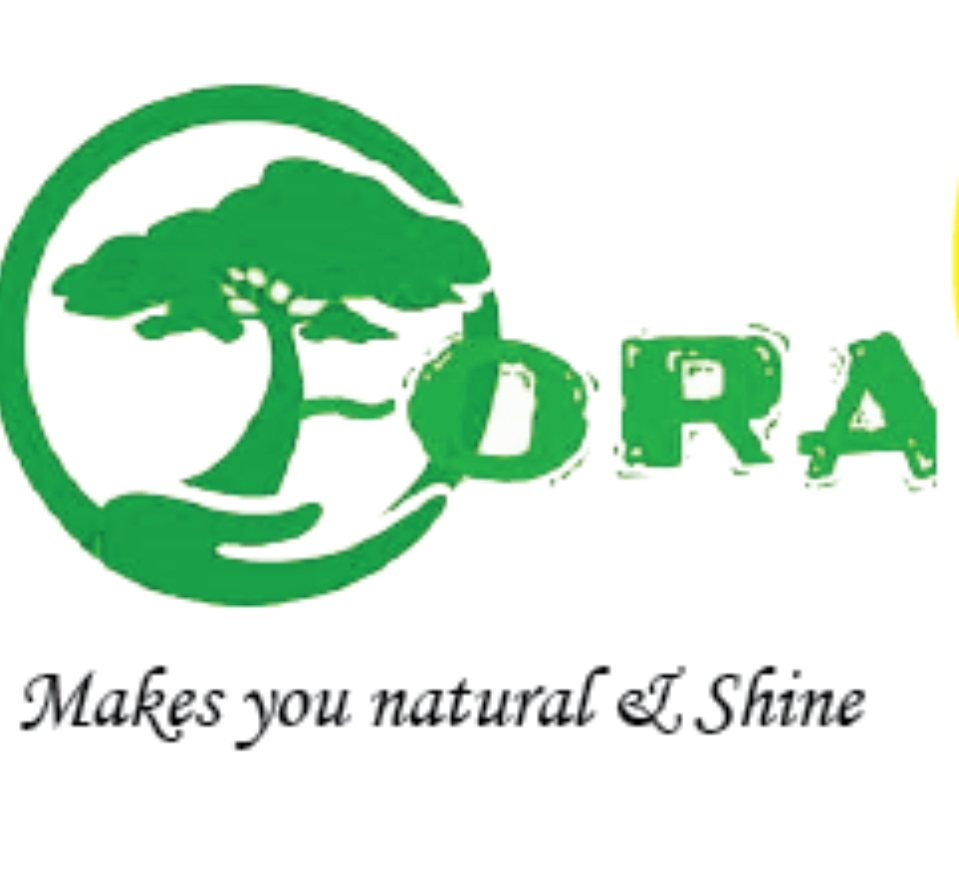
Business Name: Golden Key Organic Processor
Founder / Owner Name: Farida Salehe Nassoro
Location: Dar es Salaam
Products/Services: Health and beauty products made from pure natural plants
Instagram Account: @fora_products

Business Name: Mamabora Food Products
Founder / Owner Name: Rose Mjuni
Location: Arusha
Products/Services: Nut butter with chocolate
Instagram Account: @mamaboranuts
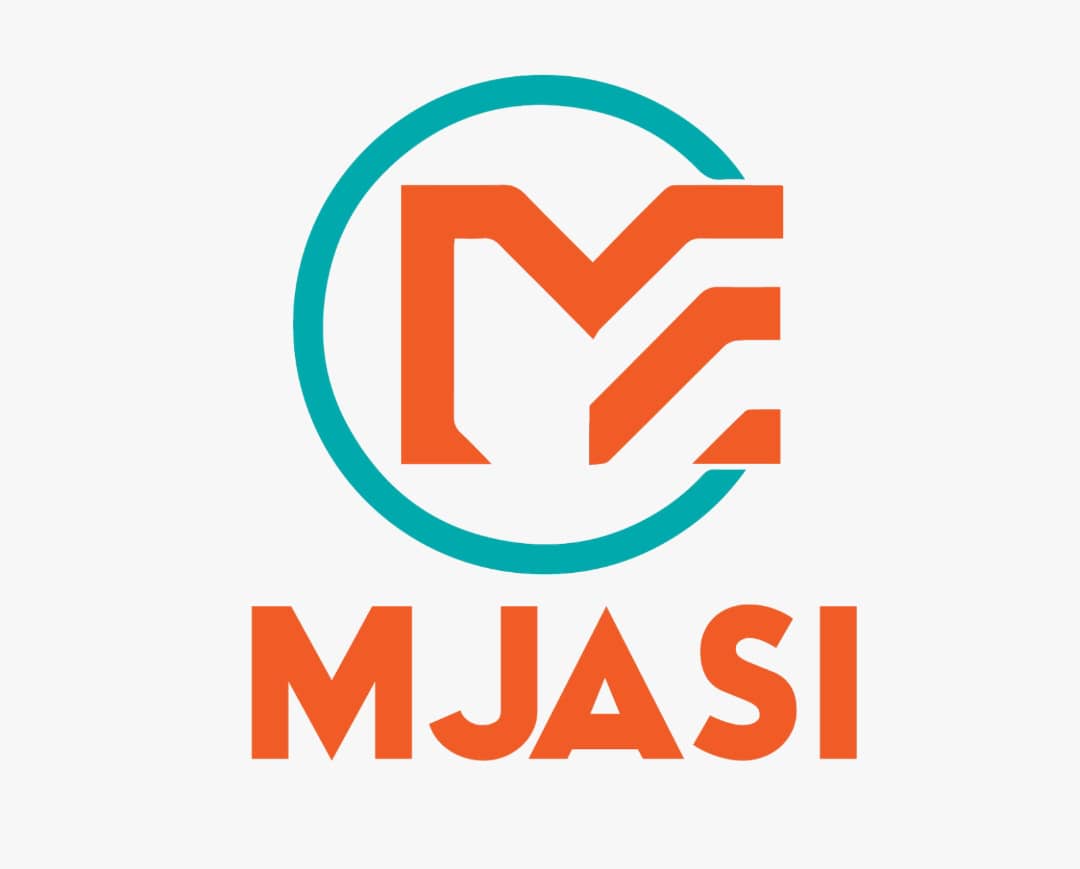
Business Name: Mjasi Enterprises
Founder / Owner Name: Eva John
Location: Dar es Salaam
Products/Services: Ground, beetroot, carrot, coconut, potatoes
Instagram Account: @mjasienterprises_tz
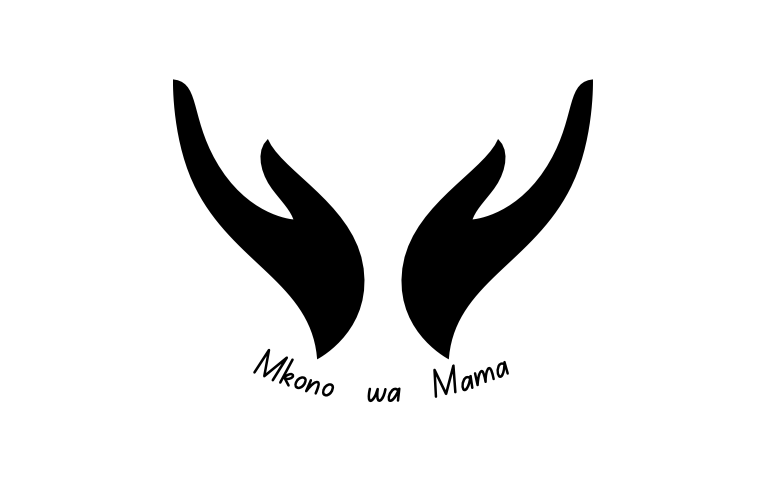
Business Name: Mkono wa Mama
Founder / Owner Name: Ketteneema Lukindo
Location: Dar es Salaam
Products/Services: Fruits Candy and Pastes
Instagram Account: @mkonowamama
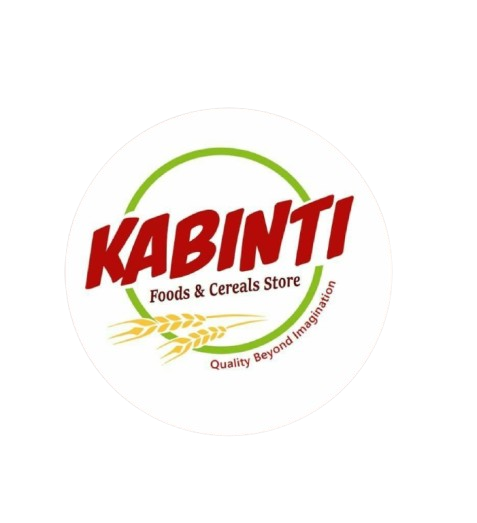
Business Name: Kabinti Products
Founder / Owner Name: Sarah Benard
Location: Ilboru, Arusha
Products/Services: Porridge Flour and Pumpkin Seeds Flour
Instagram Account: @kabinti_products
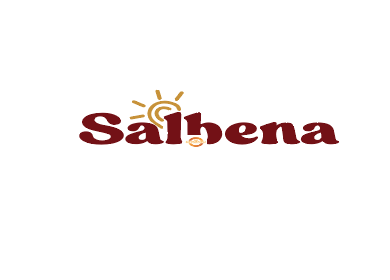
Business Name: Salbena Investment Company Limited
Founder / Owner Name: Simon Majeni
Location: Dar es Salaam
Products/Services: Organic honey
Instagram Account: @Salbenahoney

Business Name: Cocozania Group
Founder / Owner Name: Masome Daniel Kulwa
Location: Dar es Salaam
Products/Services: Virgin coconut oil, blended coconut oil, coconut biscuits, coconut powder
Instagram Account: @Cocozania_Official

Business Name: Nita Food Products
Founder / Owner Name: Lilian Mmbando
Location: Arusha
Products/Services: Nutritious seeds
Instagram Account: @nitafoodproducts

Business Name: Rejuvenation Food Africa limited
Founder / Owner Name: Anne Outwater
Location: Dar es Salaam
Products/Services: Ice cream from wild fruits and honey
Instagram Account: @zaidiicecream





